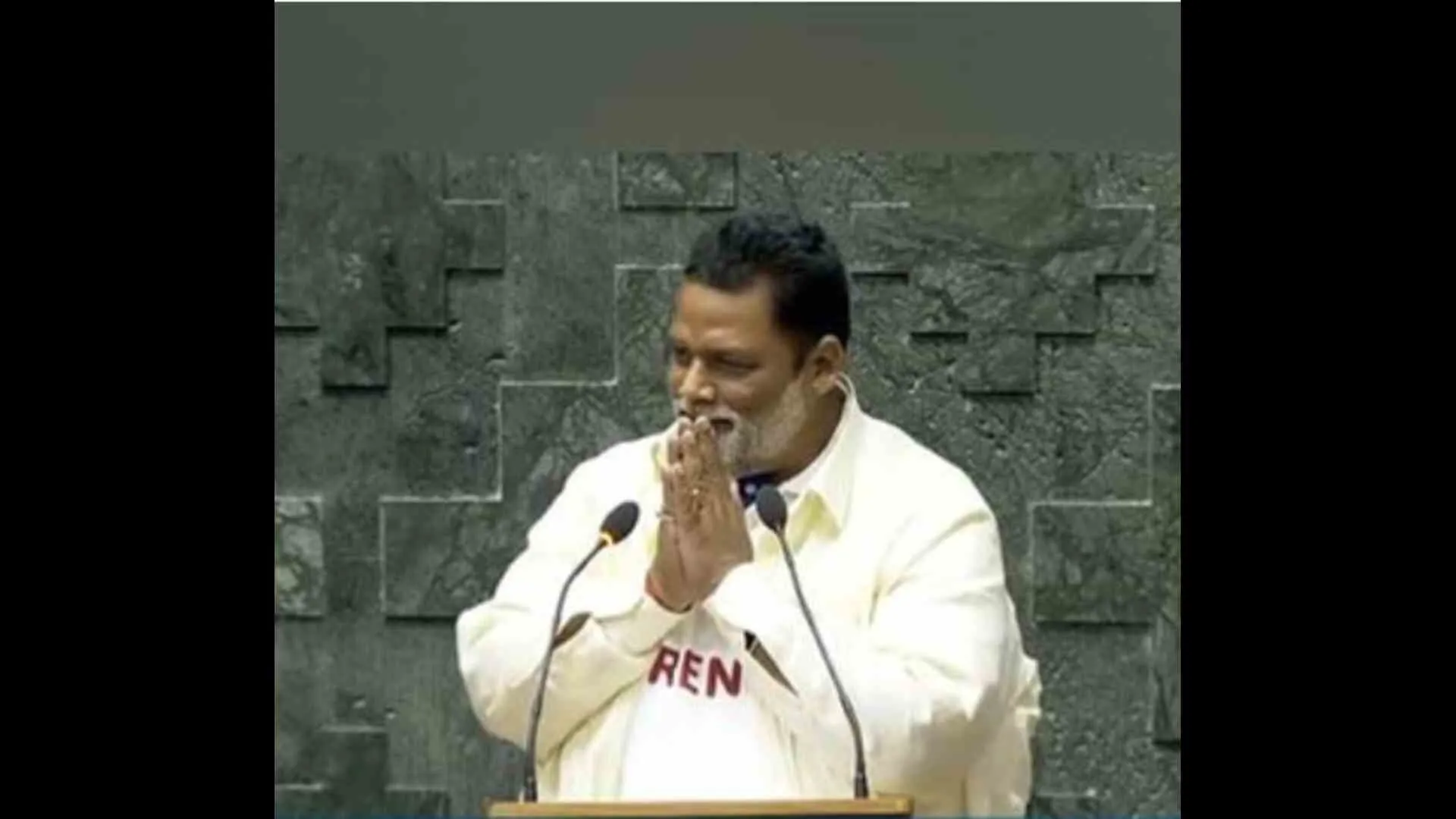A recent astronomical discovery has revealed that the Milky Way’s last major cosmic collision occurred more recently than previously thought, significantly altering our understanding of the galaxy’s age and formation.
Data from the European Space Agency’s Gaia space telescope indicates that this collision happened just three billion years ago, rather than the previously estimated eight billion years ago.
This finding suggests that the Milky Way is younger than previously believed, given that the universe is approximately 13.77 billion years old.
The study, based on Gaia’s third data release in 2022, focused on analyzing the positions and movements of stars within the Milky Way’s inner stellar halo. This region contains stars with high concentrations of iron and hydrogen, exhibiting eccentric orbits that indicate the effects of the last significant merger that influenced the galaxy’s structure.
The presence of distinct “wrinkles” in these stars’ movements suggests that they joined the Milky Way less than three billion years ago. If the merger had occurred eight billion years ago, the wrinkles would be too numerous and close together to distinguish.
Lead author Thomas Donlon and co-author Heidi Jo Newberg, both from Rensselaer Polytechnic Institute, explained that studying these wrinkles helps trace the Milky Way’s past interactions with other galaxies. The most recent merger likely involved the Milky Way and a dwarf galaxy, contributing to the diverse mix of stars in our galaxy.
This discovery portrays the Milky Way as a dynamic and evolving galactic entity, shaped by its interactions with neighboring galaxies. Continued observations by telescopes like Gaia promise to further enhance our understanding of the galaxy’s history and composition.























